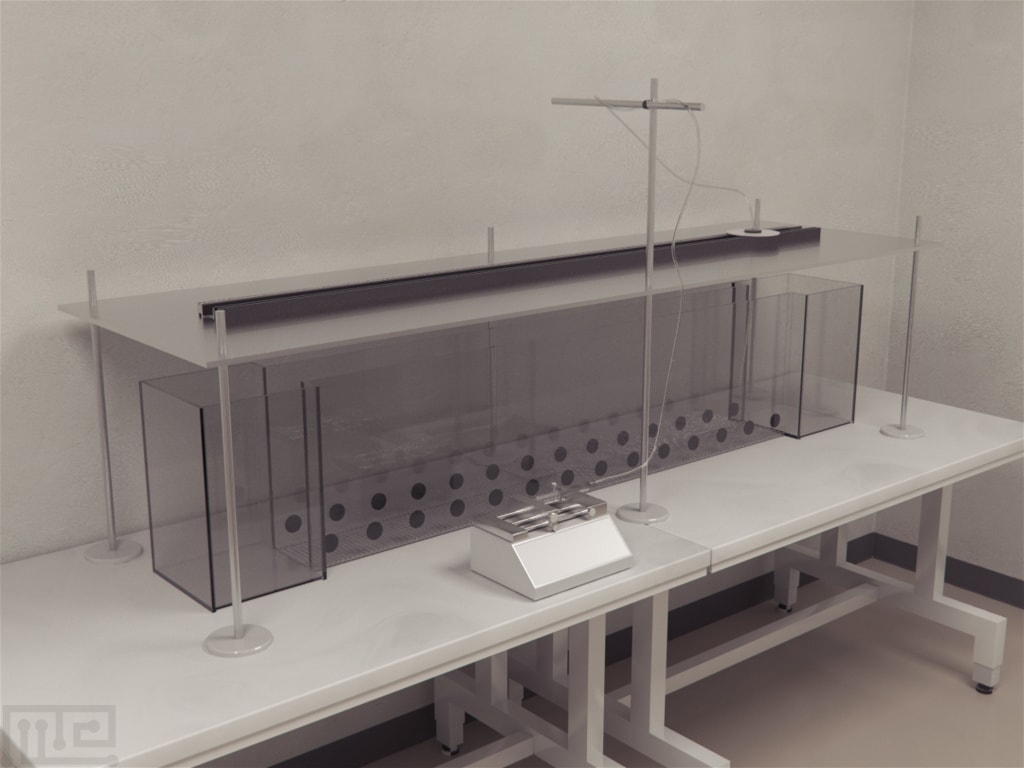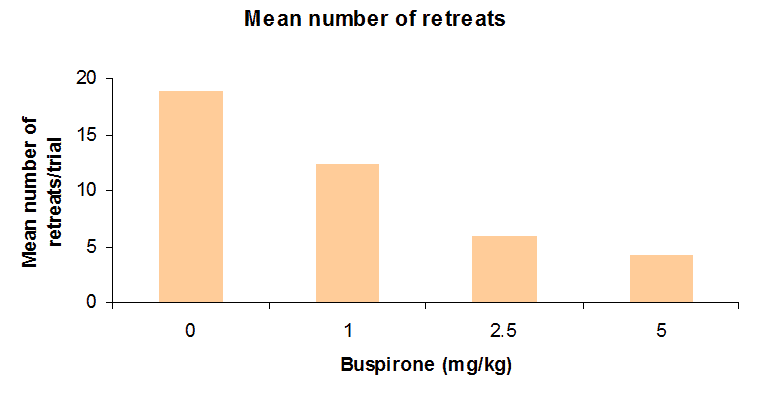Description
The magnetic self administration runway apparatus consists of parallel magnetic rails, set a few centimeters apart from each other, positioned directly above the center of a runway. A swivel carriage device rests freely between the rails with one of its end connected to the PE tubing to the subject and the other end connected to the syringe pump. The swivel assembly moves between the rails as the subject traverses the alley eliminating the need to disturb the sessions for drug administration. The apparatus can be fully automated upon request to provide location data about the subject.


